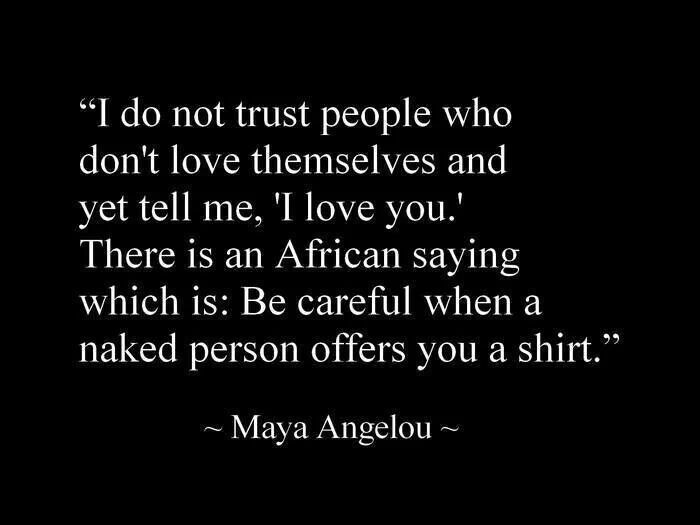Humans are wired for anger. It’s an important part of our evolution. Anger tells us when something needs our attention, when we have an unmet need, or when something is missing. The problem with anger is in our mismanagement of it. And it can be incredibly destructive.
The best way to curb the destruction caused by anger and to use it more intelligently is to understand the feeling, to be curious about it. The more we understand our triggers and patterns, the more present we can be with our anger.
Start by identifying what activates it. Get a pen and paper and answer these questions.
What triggers your anger? (Here are some common ones)
-yelling
-loud sounds
-having to wait (for someone, for something to happen)
-receiving critical feedback or being corrected
-deceit
-when someone talks over or interrupts you
-being/feeling avoided
-being/feeling smothered
-being in conflict with someone
-rudeness
-inconsiderate actions/remarks
Then, start thinking about your pattern of anger. Once your wire is tripped, how do you react?
What’s your typical expression of anger?
-lashing out directly at someone, yelling, attacking
-passive aggression, withholding affection/love, trying to control someone using emotional manipulation/guilting, off-handed comments, gossip, isolating
-blame, resentment
-avoidance, defensiveness, stonewalling
-punishing, intimidating, judgment, criticizing, contempt, threatening, using ultimatums
-revenge
-throwing things, breaking things
-physical violence
-broken promises
What’s it like for you when you engage any of these strategies? Does it get the job done/ get your needs met? At what cost? Do you like yourself when you use these strategies?
What unmet need underlies your anger-trigger?
Here are some common needs that when unmet, cause us to feel anger:
-Feeling disrespected/ need to feel respected
-Feeling invalidated/ need to feel validated
-Feeling scared or unsafe/ need to feel safe
-Feeling abandoned (physically or emotionally)/ need to feel continuity of relationship or proximity
-Feeling or being out of control/ need to feel in control
-Feeling worthless/ need to feel worthy
-Feeling unlovable/ need to feel lovable
-Feeling inadequate/ need to feel adequate or good enough
-Feeling mistrusted/ need to feel trusted
-Feeling wronged/ need to be treated justly
When we stay caught in anger, we behave regrettably. We have no idea what our unmet need is. And we don’t even care; all we know is that something has pissed us off and whoever or whatever it is needs to pay. We can go so far off the rails that we forget we love the person with whom we’re angry. When we don’t know how our anger works and it just happens to us, we can’t catch it, pause, and redirect ourselves. Left uninvestigated, anger can kill or deeply wound any relationship.
It’s not easy to respond wisely to our anger. I know that. We run on the fumes of righteous indignation. We feel powerful when we yell or stonewall or manipulate or judge. We’re right, and they’re wrong. If the person really loved us, they wouldn’t do this. Given a choice between fully experiencing our vulnerability or a quick jolt of power, most of us would choose the quick jolt. But learning how to take care of ourselves, translate our anger, and address unmet needs is a much more satisfying, viable, and supportive power. This gives us the opportunity to connect on a deeper level and know true intimacy.
“When the gentleness between you hardens
And you fall out of your belonging with each other,
May the depths you have reached hold you still.
When no true word can be said, or heard,
And you mirror each other in the script of hurt,
When even the silence has become raw and torn,
May you hear again an echo of your first music.
When the weave of affection starts to unravel
And anger begins to sear the ground between you,
Before this weather of grief invites
The black seed of bitterness to find root,
May your souls come to kiss.
Now is the time for one of you to be gracious,
To allow a kindness beyond thought and hurt,
Reach out with sure hands
To take the chalice of your love,
And carry it carefully through this echoless waste
Until this winter pilgrimage leads you
Towards the gateway to spring.”
-John O’Donohue
Love and Be Loved,
Natalie









